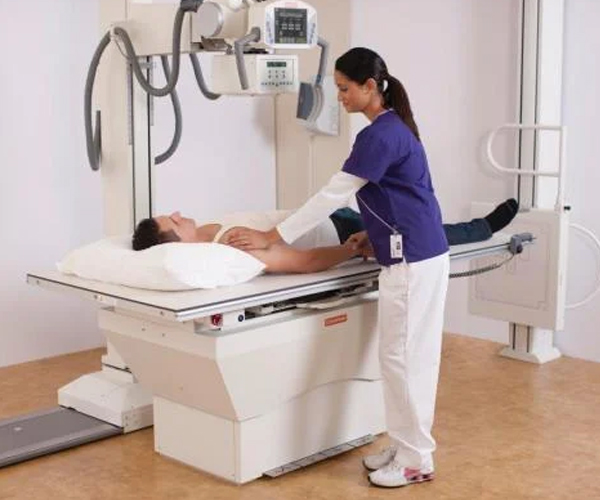Radiation Safety in Digital X-ray Imaging: What You Need to Know?
Introduction:
In the ever-evolving field of medical imaging, digital X-ray technology has become a cornerstone for diagnosing various medical conditions. This technology offers numerous advantages, including faster image acquisition and lower radiation doses compared to traditional film-based X-ray imaging. Ensuring the safety of both patients and healthcare professionals during digital X-ray procedures is of paramount importance. In this blog post, we will explore the key aspects of radiation safety in digital X-ray imaging, with insights from Dr. Snehal Suryawanshi at Insight Imaging.
Understanding Digital X-ray Imaging:
Digital X-ray imaging, also known as computed radiography (CR) or digital radiography (DR), uses electronic detectors to capture X-ray images of the body’s internal structures. Unlike conventional film-based X-rays, digital X-ray systems produce images that can be viewed immediately on a computer screen. This technology offers several benefits, such as reduced exposure to radiation, enhanced image quality, and the ability to manipulate and store images digitally.
Radiation Safety Measures:
- Equipment Calibration and Maintenance:
- Regular calibration and maintenance of digital X-ray equipment are essential to ensure accurate imaging and minimize radiation exposure. Insight Imaging, under the guidance of Dr. Snehal Suryawanshi, follows stringent protocols for equipment maintenance.
- Proper Training and Certification:
- Radiologic technologists operating digital X-ray machines should be certified and receive ongoing training in radiation safety. They must understand how to optimize imaging parameters to reduce radiation exposure while maintaining diagnostic image quality.
- Patient Shielding:
- Patients should be provided with lead aprons and thyroid collars when undergoing X-ray examinations. These protective measures help shield sensitive tissues from unnecessary radiation exposure.
- Image Optimization:
- Radiologic technologists should use the lowest possible radiation dose while maintaining diagnostic image quality. Advanced digital X-ray systems offer dose-reduction features that should be utilized.
- Quality Control:
- Regular quality control tests, including image quality assessments and radiation dose measurements, should be performed to ensure the equipment’s proper functioning and safety.
- Minimizing Repeat Examinations:
- Proper patient positioning and communication are crucial to reduce the need for repeat X-ray exposures, which can increase radiation exposure.
- ALARA Principle:
- Adhering to the “As Low As Reasonably Achievable” (ALARA) principle, healthcare professionals aim to minimize radiation exposure to patients and staff while still obtaining the necessary diagnostic information.
Insight Imaging’s Commitment to Radiation Safety:
Insight Imaging, under the guidance of Dr. Snehal Suryawanshi, places a strong emphasis on radiation safety in digital X-ray imaging. Their team of highly trained radiologic technologists and physicians work collaboratively to ensure that every patient receives the best possible care while minimizing radiation exposure. By following strict protocols and staying up-to-date with the latest advancements in digital X-ray technology, they are committed to providing safe and accurate imaging services.
Conclusion:
Digital X-ray imaging has revolutionized the world of medical diagnostics, offering both efficiency and reduced radiation exposure compared to traditional film-based X-rays. To ensure the highest level of safety, it is crucial for healthcare facilities like Insight Imaging, led by experts like Dr. Snehal Suryawanshi, to prioritize radiation safety through equipment maintenance, proper training, and adherence to radiation safety principles. This commitment to safety ensures that patients receive the diagnostic information they need while minimizing their exposure to ionizing radiation.




